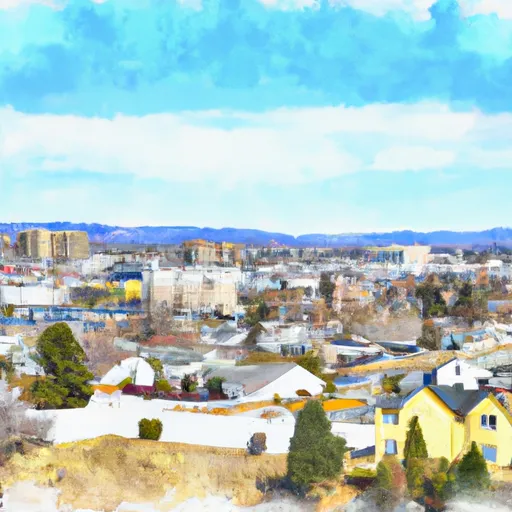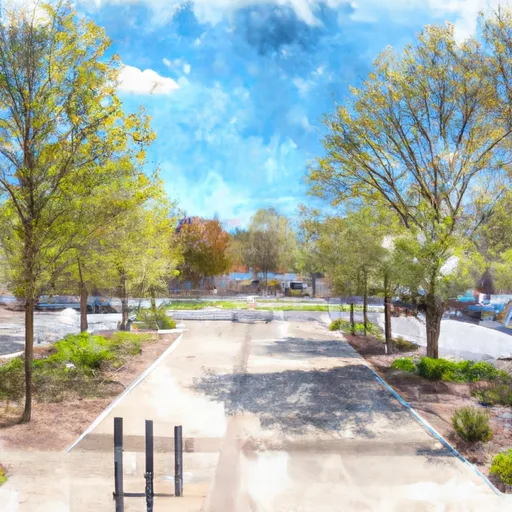°F
°F
mph
Windspeed
%
Humidity











West Richland is a charming city located in Benton County, Washington. Known for its diverse outdoor recreation opportunities, West Richland attracts nature enthusiasts and adventure seekers. The region experiences a semi-arid climate, characterized by hot summers and cold winters. Summers are dry, with temperatures often reaching the mid-90s Fahrenheit, while winters can be chilly, with occasional snowfall.
Hydrologically, West Richland lies in close proximity to the Yakima River, which provides a picturesque backdrop for outdoor activities. The river offers opportunities for fishing, kayaking, and boating, allowing visitors to immerse themselves in the beauty of the surrounding nature.
The city also features numerous parks and trails. The Yakima River Delta Trail is a popular choice for hiking and biking, offering stunning views of the river and its diverse wildlife. Badger Mountain Centennial Preserve is another notable attraction, providing hiking trails with panoramic views of the surrounding landscape.
In conclusion, West Richland offers a delightful blend of a semi-arid climate, hydrological attractions, and diverse outdoor recreation opportunities, making it an ideal destination for nature lovers and outdoor enthusiasts.
Weather Forecast
West-Richland receives approximately 203mm of rain per year, with humidity levels near 84% and air temperatures averaging around 12°C. West-Richland has a plant hardyness factor of 7, meaning plants and agriculture in this region tend to thrive during the non-winter months.
Regional Streamflow Levels
1,620
Cubic Feet Per Second
2,740
Cubic Feet Per Second
123
Cubic Feet Per Second
2,810
Cubic Feet Per Second
Nearby Camping
| Camping Area | Reservations | Toilets | Showers |
|---|---|---|---|
| Columbia Park | |||
| Plymouth Park | |||
| Horn Rapids County Park | |||
| Ringold Springs - WDFW | |||
| Umatilla Marina RV Park |



